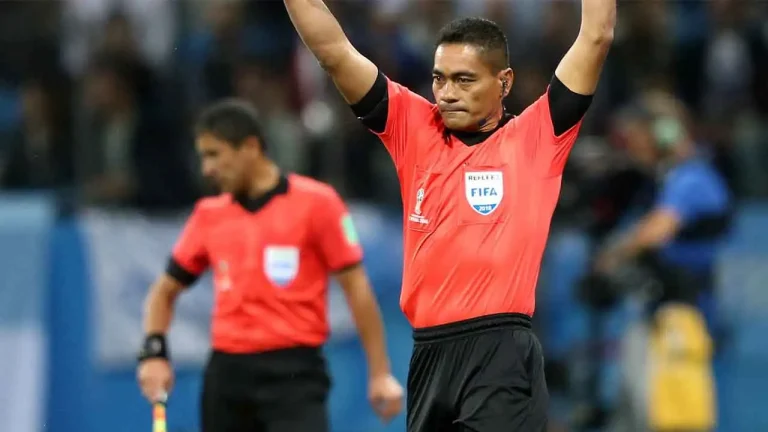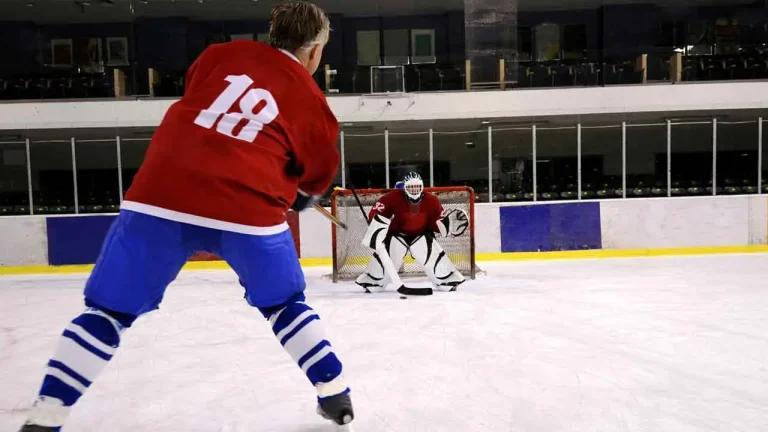SAMBO Rules Overview – History of Combat Sport and Categories of SAMBO Sports
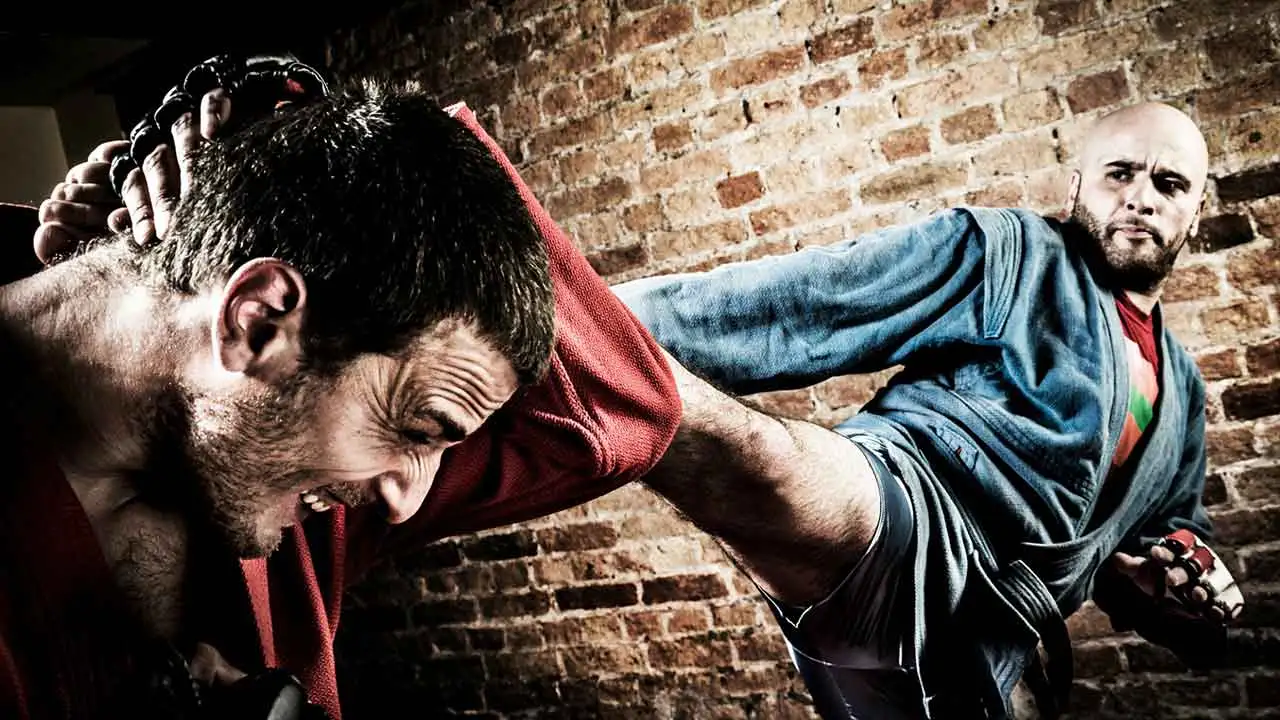
INTERNATIONAL SAMBO RULES (Combat SAMBO)
Welcome to the exciting world of Sambo, where combat, strategy, and skill converge in a dynamic display of athleticism. If you’re unfamiliar with this captivating sport or looking to brush up on your knowledge, you’ve come to the right place! In this blog post, we’ll delve into the international rules governing Sambo matches and explore its various disciplines.
Whether you’re a seasoned fan or just discovering Sambo for the first time, get ready for an exhilarating journey through the heart-pounding world of combat sports. So tighten your belts and let’s jump straight into unraveling the thrilling realm of International Sambo Rules!
Sambo Rules – Overview
Sambo, short for SAMozashchita Bez Oruzhiya (which translates to “self-defense without weapons” in Russian), is a combat sport that originated in the Soviet Union in the early 1920s. Developed by Vasili Oshchepkov and Viktor Spiridonov, Sambo combines elements of judo, wrestling, and various striking techniques to create a unique martial art form.
One of the distinguishing features of Sambo is its emphasis on both standing and ground-based techniques. Athletes utilize throws, takedowns, joint locks, and submissions to gain an advantage over their opponents. This dynamic combination makes for exciting matches where fighters must constantly adapt their strategies.
Over the years, Sambo has gained international recognition with numerous countries participating in competitions at various levels. Its popularity has grown steadily due to its effectiveness as a self-defense system as well as its appeal as a competitive sport.
In addition to being a highly effective combat discipline, Sambo also serves as an excellent workout that improves strength, agility, flexibility, and overall physical fitness. It requires athletes to have great mental focus and quick reflexes while maintaining control over their movements.
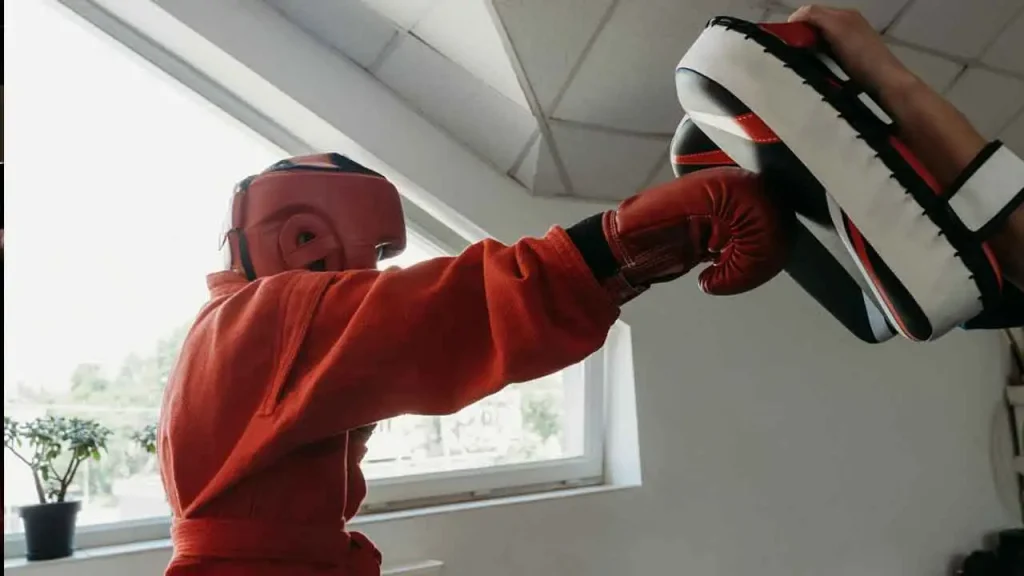
Whether you’re interested in competing or simply want to explore a new form of martial arts training that challenges both your mind and body – Sambo offers an exhilarating journey into the world of combat sports like no other! Stay tuned as we delve deeper into this fascinating discipline’s history and explore its different variations.
A Brief History of Sambo
Sambo, a dynamic and combative martial art, has a rich and fascinating history. Developed in the early 1920s by Vasili Oshchepkov and Viktor Spiridonov in the Soviet Union, it draws its roots from various traditional fighting styles such as judo, jujitsu, and wrestling.
During this period, there was a growing desire to create an effective combat system that could be used by military personnel. Sambo was born out of this need for a versatile form of self-defense that incorporated both striking and grappling techniques.
Over the years, Sambo gained popularity not only within the Soviet Union but also internationally. It became recognized as an official sport in 1938 with the establishment of national championships. The International Sambo Federation was formed in 1984 to govern the sport globally.
Today, Sambo is practiced in numerous countries around the world and has evolved into different variations such as Combat Sambo, Sport Sambo, Freestyle Sambo, and Self-Defense Sambo. Each variation focuses on specific aspects of training and competition while still maintaining core principles rooted in its origins.
The growth of international competitions like World Championships and Olympic recognition has further solidified Sambo’s place as one of the most respected martial arts disciplines globally. Understanding the history behind any martial art helps us appreciate its evolution over time. The development of sambo showcases how martial arts can adapt to meet changing needs while still preserving their fundamental principles
Participating Countries
Sambo, a dynamic combat sport with roots in Russia, has gained popularity worldwide and is now played in numerous countries across the globe. Its growing popularity can be attributed to its exciting mix of techniques from judo, wrestling, and striking arts. In Europe, countries like Russia, Belarus, Ukraine, and Bulgaria have a strong tradition in Sambo and produce some of the world’s top athletes in the sport. These nations often dominate international competitions with their technical prowess and strategic approach.
Outside of Europe, Sambo has also found a following in countries such as the United States, Brazil, Japan, Kazakhstan, Uzbekistan, and South Korea. These nations have developed their unique styles within Sambo while still staying true to its core principles. It’s fascinating to see how different cultures have embraced this martial art and adapted it to suit their own fighting traditions. Each country brings its flair and technique to the sport which adds further diversity to an already thrilling discipline.
As more people discover the excitement of Sambo around the world, researchers are seeing an increase in participation from non-traditional countries as well. With each passing year, the global reach of this martial art continues to expand, making it truly an international phenomenon. With such a diverse array of participating countries, Sambo enthusiasts can look forward to even more intense competition and cross-cultural exchanges in the years ahead.
Sambo – Playing Environment
Sambo is a dynamic and intense combat sport that requires a specific playing environment to ensure the safety of the athletes and promote fair competition. The playing area for Sambo matches is commonly known as the “tatami” or mat, which provides a soft and cushioned surface for grappling and throwing techniques.
The size of the tatami can vary depending on the level of competition, but it typically measures around 8 meters by 8 meters. This spacious layout allows ample room for maneuvering and executing various moves without restrictions.
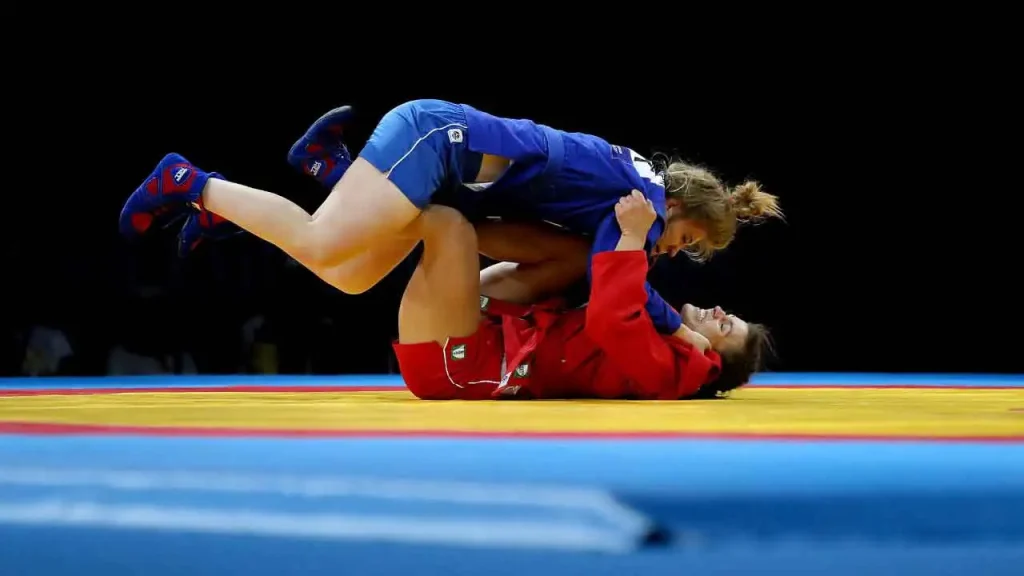
To further enhance player safety, there are boundary lines marked on the tatami to define the combat area. Stepping outside these boundaries results in penalties or points awarded to their opponent, depending on the situation. Additionally, there are designated areas within the playing environment where athletes can receive medical attention if needed. These areas ensure prompt treatment while minimizing disruptions during matches.
The playing environment plays a crucial role in ensuring that Sambo matches are conducted smoothly and safely. It provides athletes with enough space to showcase their skills while also maintaining clear boundaries for fair play. By creating an optimal setting for competition, Sambo enthusiasts can fully immerse themselves in this thrilling sport!
Sambo – Equipment
When it comes to Sambo, having the right equipment is crucial for both safety and performance. Let’s take a closer look at the essential gear used in this dynamic combat sport.
Sambovka
Sambovka, also known as the Sambo jacket or uniform, is an essential piece of equipment in Sambo. It is a lightweight and durable jacket that provides freedom of movement to the athletes during their matches. The design of the Sambovka allows for easy gripping and maneuvering without compromising on comfort.
Made from high-quality materials, the Sambovka is designed to withstand the rigors of intense training and competition. It features reinforced stitching to ensure durability even during vigorous grappling exchanges. The jacket typically comes in blue or red colors, with contrasting trim to clearly distinguish between competitors.
The Sambovka plays a crucial role in defining a player’s technique and style. Grips on the jacket are used strategically by athletes to control their opponents and execute various throws and submissions. The unique cut and fit of the Sambovka allow for seamless integration with other protective gear such as gum shields, groin guards, and boxing helmets. In addition to its functional benefits, wearing a Sambovka adds an aesthetic element to the sport. Athletes take pride in donning this iconic garment that represents their dedication and passion for sambo.
Protective Guards
Protective Guards are an essential part of any combat sport, and Sambo is no exception. These guards are designed to protect the athletes from potential injuries during training or competition. To ensure a safe playing environment, all participants must wear the appropriate protective gear.
One of the most important protective guards in Sambo is the boxing helmet. This headgear provides cushioning and protection for the head, reducing the risk of concussions or other head injuries. It also helps to absorb impact from strikes or falls.
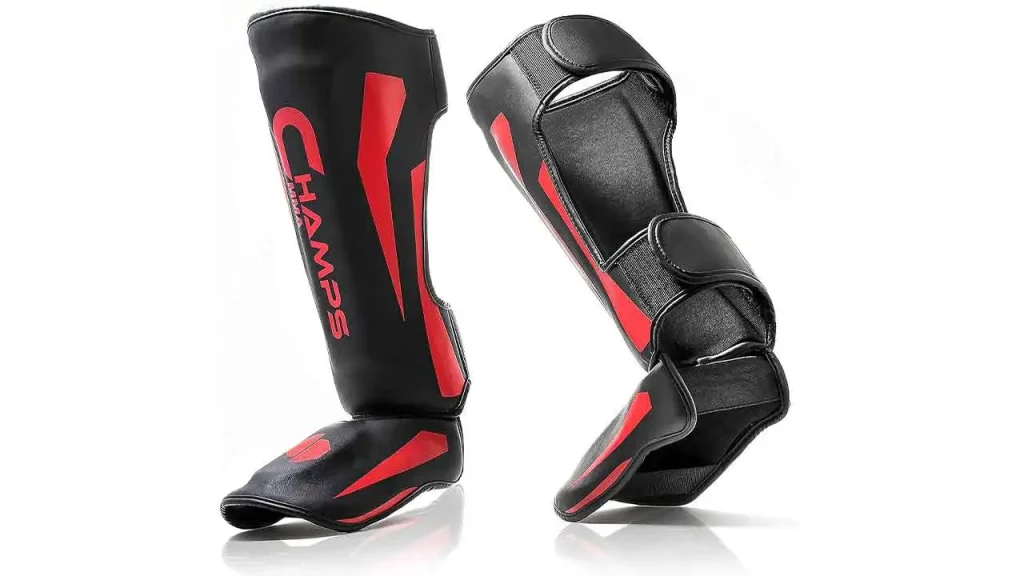
Another crucial guard used in Sambo is the gum shield. This mouthguard protects teeth and gums from getting damaged during intense grappling or striking exchanges. Not only does it prevent dental injuries, but it can also help reduce jaw fractures caused by heavy blows.
These protective guards play a crucial role in ensuring safety during Sambo matches and practice sessions by minimizing potential risks of injury without compromising performance abilities.
Boxing Helmets: Protecting the Sambo Athlete’s Most Important Asset
In combat sports like Sambo, protecting your head is of utmost importance. That’s where boxing helmets come into play. These sturdy and reliable pieces of equipment are designed to safeguard the athlete from potential head injuries during intense bouts.
The primary function of a boxing helmet is to absorb shock and distribute impact forces evenly across the skull. Made with high-density foam padding and reinforced with durable synthetic materials, these helmets provide an extra layer of protection for the sambo practitioner.
Not only do boxing helmets protect against direct blows, but they also offer cushioning from accidental clashes or collisions that may occur in close-quarters combat. With adjustable straps and secure fastenings, these helmets ensure a snug fit so that athletes can focus on their technique without worrying about their safety.
Wearing a well-fitted and durable boxing helmet is an essential aspect of ensuring player safety in combat sambo. By investing in this protective gear, athletes can confidently engage in intense battles while minimizing potential risks to their most valuable asset – their heads!
Gum Shield
In combat sports like Sambo, protecting your teeth is of utmost importance. That’s where the gum shield comes into play. A gum shield, also known as a mouthguard or mouthpiece, is a vital piece of equipment that helps prevent dental injuries during training and competition.
Made from durable materials such as silicone or polymer, the gum shield fits over the upper teeth and provides a cushioning effect upon impact. It acts as a shock absorber, dispersing force away from the teeth and reducing the risk of fractures or dislodgement.

To ensure maximum effectiveness and comfort, it’s essential to choose a properly fitting gum shield. Custom-made options are available through dentists for optimal fit and protection. Alternatively, you can opt for boil-and-bite mouthguards that mold to your teeth after being softened in hot water.
Remember, wearing a gum shield isn’t just about following rules; it’s about safeguarding yourself against potential injuries that can have long-lasting effects on both your oral health and overall well-being. So don’t forget this crucial piece of equipment before stepping onto the sambo mat!
Groin Guards
Groin guards are an essential piece of equipment in Sambo, providing vital protection for athletes during combat. These protective devices are designed to shield the sensitive groin area from impacts and potential injuries. When participating in intense combat sports like Sambo, it’s crucial to prioritize safety and ensure that all vulnerable areas of the body are adequately protected. Groin guards play a pivotal role in achieving this goal by reducing the risk of discomfort or serious injury.
Sambo fighters wear groin guards made from durable materials such as hard plastic or foam padding. The guard is typically worn under their clothing, offering discreet protection while allowing for freedom of movement during matches. With its ergonomic design and secure fit, a properly fitted groin guard provides confidence and peace of mind to Sambo practitioners. It allows them to focus on executing their techniques without worrying about unnecessary pain or potential injury in such a sensitive region.
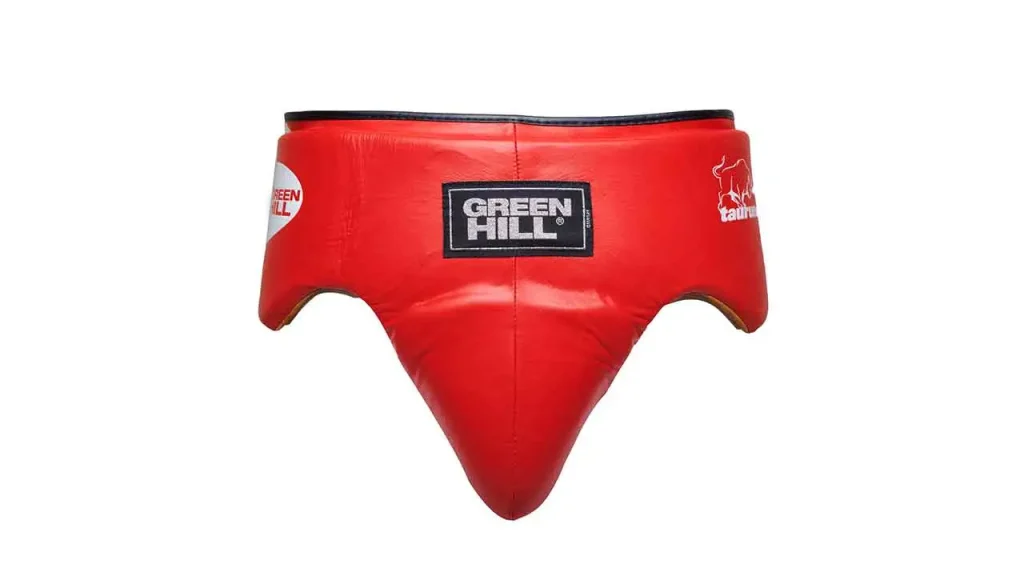
In Sambo competitions, wearing a groin guard is mandatory for both male and female participants. Adhering to these rules ensures fair play while safeguarding athletes’ well-being throughout their matches. Investing in high-quality groin guards not only protects fighters but also promotes longevity within the sport by minimizing unnecessary risks. So when it comes to Sambo, don’t underestimate the importance of proper protective gear – including reliable groin guards – for your safety on the mat!
Sambo Gloves
Sambo Gloves are an essential piece of equipment in the sport of Sambo. They play a crucial role in providing protection and enhancing performance during training and competitions. These gloves are specifically designed to meet the unique requirements of Sambo, offering both comfort and functionality.
When it comes to choosing the right pair of Sambo Gloves, there are a few factors to consider. They should have a snug fit without being too tight or restricting movement. This ensures that the athlete can maintain dexterity and agility while wearing them. Sambo Gloves should provide adequate padding on the knuckles and fingers for protection against impact. This is especially important during strikes and grappling techniques where hand injuries can occur.

Furthermore, these gloves should be made from high-quality materials that offer durability and breathability. Synthetic leather or genuine leather options are commonly preferred due to their durability and ability to withstand rigorous training sessions.
Having the right pair of Sambo Gloves is crucial for any practitioner looking to excel in this dynamic combat sport. They not only provide necessary protection but also enhance performance by providing optimal grip and flexibility. So whether you’re a beginner or a seasoned athlete, investing in quality Sambo Gloves will undoubtedly elevate your game!
Sambo – How to Play?
If you’re interested in learning the art of Sambo, here’s a brief guide on how to play this dynamic and exciting martial art.
- It’s important to understand that Sambo combines elements of judo and wrestling, making it a highly versatile combat sport. The objective is to take down your opponent using various throws, pins, and submissions.
- In terms of technique, footwork plays a crucial role in Sambo. It’s essential to maintain balance while moving swiftly and fluidly around your opponent. This allows for effective takedowns and counterattacks.
- Another key aspect of playing Sambo is mastering the grips. Grip fighting is crucial for gaining control over your opponent’s body and setting up offensive moves or defending against attacks.
- Furthermore, understanding leverage points is critical when executing throws and submissions in Sambo. Utilizing proper body mechanics can give you the advantage needed to overpower opponents with ease.
- Mental toughness is equally important when playing Sambo. Being able to stay calm under pressure will help you make quick decisions and adapt your strategy based on your opponent’s movements.
- Playing Sambo requires physical skill, technical knowledge, and mental fortitude. So if you’re up for the challenge, grab a partner or join a local club today!
Sambo − Basic Categories
When it comes to Sambo, having a solid understanding of basic strategies is crucial for success in the sport. While various techniques and tactics can be employed, here are a few fundamental strategies to keep in mind.
These basic strategies lay the groundwork for success in Sambo but remember that adaptability and creativity play significant roles as well! Keep practicing these strategies while also exploring new techniques that suit your style of play!
Combat Sambo
Combat Sambo is a dynamic and intense form of martial arts that combines elements from various combat sports and self-defense techniques. It focuses on teaching students the skills they need to defend themselves in real-life situations. Unlike other forms of Sambo, Combat Sambo allows strikes, throws, submissions, and ground fighting techniques.
In Combat Sambo, fighters utilize a combination of striking and grappling techniques to overpower their opponents. The training involves learning how to strike effectively using punches, kicks, knees, and elbows while also mastering takedowns and submissions on the ground.
One of the key aspects of Combat Sambo is its emphasis on practicality. Fighters are trained to be versatile and adaptable in any situation they may encounter. They learn not only how to attack but also how to defend against different types of strikes or holds.

The competitive aspect of Combat Sambo adds an extra level of excitement to the sport. In tournaments or matches, participants showcase their skills by engaging in fast-paced exchanges where speed, agility, technique, and strategy all come into play. So if you’re looking for an exhilarating martial art that will push you to new heights, give Combat Sambotry.
Sport Sambo
Sport Sambo is a competitive form of martial art that focuses on grappling and submission techniques. It combines elements of judo and wrestling to create an intense and dynamic sport. In Sport Sambo, athletes compete against each other in weight classes, using a combination of throws, joint locks, and chokes to score points.
The goal of Sport Sambo is to either force your opponent into submission or accumulate enough points through successful takedowns, throws, and holds. Matches are typically divided into rounds with specific time limits. Athletes must demonstrate technique, strength, agility, and tactical prowess to come out on top.
One key aspect of Sport Sambo is its emphasis on fair play and sportsmanship. Fouls such as striking an opponent or utilizing illegal holds result in penalties or disqualifications. This ensures that competitors rely solely on their technical skills rather than resorting to brute force.
In Sport Sambo competitions, athletes wear special uniforms known as sambovkas along with protective gear such as boxing helmets, gum shields for mouth protection, and groin guards for added safety during matches.
Sport Sambo provides an exciting platform for practitioners to test their skills against skilled opponents from around the world while adhering to strict rules and regulations governing fair play. It showcases the versatility and effectiveness of sambo as a combat sport while promoting respect among participants.
Freestyle Sambo
Freestyle Sambo is a dynamic and exciting style of Sambo that incorporates elements from both sports and combat disciplines. It is known for its high level of intensity and versatility, making it a favorite among athletes looking to test their skills in various aspects of the sport.
In Freestyle Sambo, competitors have the freedom to use a wide range of techniques including throws, submissions, strikes, and ground fighting. This allows for a more realistic and well-rounded approach to combat sports.
It’s important to note that while Freestyle Sambo does allow for striking techniques, there are still strict rules in place to ensure the safety of all participants. Strikes are limited to certain areas such as punches above the waistline or kicks below the waistline.
Freestyle Sambo offers a unique blend of athleticism, technical skill, and strategic thinking. Whether you’re interested in honing your self-defense abilities or competing at a high level in combat sports tournaments, this style has something for everyone who wants to take their passion for martial arts to new heights.
Self-Defence Sambo
Self-Defence Sambo is a specialized form of Sambo that focuses on practical self-defense techniques. It combines elements of combat and sport Sambo but with an emphasis on real-life scenarios. In Self-Defence Sambo, the goal is to enable practitioners to effectively defend themselves in various situations.
One key aspect of Self-Defence Sambo is learning how to assess potential threats and react accordingly. Students are taught how to identify dangerous situations and develop strategies for diffusing them or escaping safely. This includes understanding situational awareness, using verbal de-escalation techniques, and recognizing potential physical threats.
In terms of technique, Self-Defence Sambo incorporates a wide range of strikes, throws, joint locks, and submissions that can be applied in self-defense situations. Practitioners learn how to use their body’s natural leverage points to maximize their effectiveness against larger opponents.
Self-Defense Sambo provides valuable skills for personal safety by combining effective techniques with mental fortitude training. Preparing individuals for real-world confrontations through realistic scenarios and practical application of techniques equips practitioners with the tools they need to stay safe in today’s uncertain world
Sambo Rules
When it comes to Sambo, understanding the rules of the game is crucial for any participant. It sets the foundation for fair play and ensures a level playing field. So, let’s dive into the rules of this dynamic combat sport. In Sambo, 2 opponents face off in a controlled environment with specific regulations in place. The objective is to defeat your opponent using a combination of throws, pins, and submissions.
To ensure safety during competition, certain moves are prohibited in Sambo. These include strikes with closed fists or open hands to an opponent’s head or throat area, as well as targeting sensitive areas such as eyes and groin.
Additionally, competitors must wear specific equipment to protect themselves during matches. This includes sambovka (a special jacket), protective guards for knees and elbows, boxing helmets, gum shields for teeth protection, groin guards for male participants, and sambo gloves.
The scoring system in Sambo is based on technical results rather than points alone. Points are awarded based on successful takedowns or throws that result in control over an opponent on the ground. To determine a winner if there is no clear victor within 3 rounds or if there is a tie score after regulation time has ended; judges may consider additional factors like warnings given throughout the match.
These rules ensure that matches remain fair while providing an exciting display of skill and athleticism from participants across different weight categories. So whether you’re new to Sambo or have been following it closely, there’s always something thrilling about watching athletes compete under these established guidelines!
Based on Warnings
When it comes to Sambo, the rules are designed to ensure fair play and safety for all participants. One important aspect of the game is that certain actions can result in warnings being issued by the referee. These warnings serve as a reminder for athletes to adhere to the rules and regulations. Warnings can be given for various reasons, such as using prohibited holds, unsportsmanlike conduct, or excessive aggression. Athletes must pay attention and modify their approach if they receive a warning.
Depending on the severity of the violation or accumulation of warnings, penalties may be imposed. This could include point deductions or even disqualification from the match. Athletes must always remain aware of their actions and strive to compete within the boundaries set forth by the rules. By avoiding warnings and playing with integrity, competitors not only maintain a fair environment but also uphold the values of sportsmanship in Sambo.
Elimination
Elimination in Sambo is a crucial aspect of the sport. Unlike other combat sports, where matches can go on for several rounds, in Sambo, elimination occurs when one of the competitors achieves a decisive victory. This means that either one participant submits to their opponent or gains such an advantage that the match can’t continue.
When it comes to submission holds, there are specific ones allowed and prohibited in Sambo. The aim is to ensure the safety of all participants while still allowing for effective techniques. Holds such as neck locks and spinal locks are forbidden due to their potential for causing serious injury.
The rules regarding elimination may vary slightly depending on whether it’s Sport Sambo or Combat Sambo being played. However, overall, these rules help maintain fairness and safety during competitions.
Understanding these rules surrounding elimination is vital for anyone participating in or watching a Sambo match. It ensures fair play and creates an environment where athletes can showcase their skills without compromising their well-being. So next time you tune into a Sambo competition or step onto the mat yourself – keep these rules in mind!
Prohibited Holds
Prohibited Holds in Sambo are specific grappling techniques that are considered unsafe or potentially dangerous for the participants. These holds are strictly forbidden during matches to ensure the safety and well-being of the athletes.
One of the prohibited holds in Sambo is known as a neck crank. This involves applying pressure to an opponent’s neck by twisting or bending it in an unnatural manner, which can lead to serious injuries such as spinal damage or even paralysis.
Another prohibited hold is called a spine lock, where excessive force is applied to an opponent’s back, putting unnecessary strain on their spinal column. This can cause severe pain and potential long-term damage.
Joint locks that involve hyperextension or twisting of limbs beyond their natural range of motion are also not allowed in Sambo. These holds put immense stress on joints like elbows and knees, increasing the risk of dislocation or ligament tears.
By prohibiting these dangerous holds, Sambo aims to create a safe playing environment for its participants while maintaining fairness and integrity in competition. Athletes must adhere to these rules to protect themselves and their opponents from unnecessary harm during matches.
Sambo – Champions
The world of Sambo has produced some truly remarkable champions throughout its history. These individuals have dedicated countless hours to mastering the art and skill of this dynamic combat sport. They have pushed themselves beyond their limits, both physically and mentally, to reach the pinnacle of success.
One such champion is Aleksandr Karelin, often referred to as “The Russian Bear.” Karelin dominated the sport for over a decade, winning multiple World Championships and Olympic gold medals. His incredible strength and technique made him nearly unbeatable on the mat.
Another legendary figure in Sambo is Fedor Emelianenko, known as “The Last Emperor.” Emelianenko’s dominance extended beyond just Sambo; he also achieved great success in mixed martial arts (MMA). His strategic mindset and versatile skill set allowed him to conquer opponents from various disciplines.
In recent years, younger talents like Khasan Khalmurzaev and Artem Osipenko have emerged as rising stars in the world of Sambo. Their agility, speed, and precision techniques make them formidable competitors who are pushing the boundaries of what is possible in this sport.
These champions serve as inspirations not only to aspiring Sambo athletes but also to anyone seeking excellence in their chosen field. They exemplify discipline, dedication, and perseverance – qualities that can be applied not just on the mat but also in everyday life.
As we celebrate these extraordinary individuals who have etched their names into Sambo history books let us remember that they are more than just champions; they are role models who embody the spirit of athleticism and sportsmanship. Through their achievements, they inspire us all to strive for greatness in whatever endeavors we pursue.
FAQs
Conclusion
In this article, we delved into the fascinating world of Sambo and explored its various aspects, including its history, equipment, playing environment, and different styles. We also discussed the rules that govern this dynamic combat sport. Sambo has gained popularity worldwide and is practiced in numerous countries across the globe. Its origins can be traced back to Russia, where it was developed as a comprehensive martial art combining elements from judo and wrestling.
To ensure safety during training and competitions, specific equipment is required in Sambo. This includes protective guards for various body parts such as knees and elbows, boxing helmets to protect against head injuries, gum shields for dental protection, groin guards for added safety during grappling exchanges, and specialized gloves designed specifically for Sambo.
Last but certainly not least! Let’s not forget about some notable champions who have made their mark in this sport over time. Their dedication to mastering their skills has earned them recognition among their peers as well as fans around the world! We hope you found this article informative and insightful about International SAMBO Rules (Combat SAMBO). Whether you’re an avid practitioner or simply curious about learning more about combat sports – keep exploring because there are always new techniques waiting to be discovered in the ever-evolving world of Sambo!


